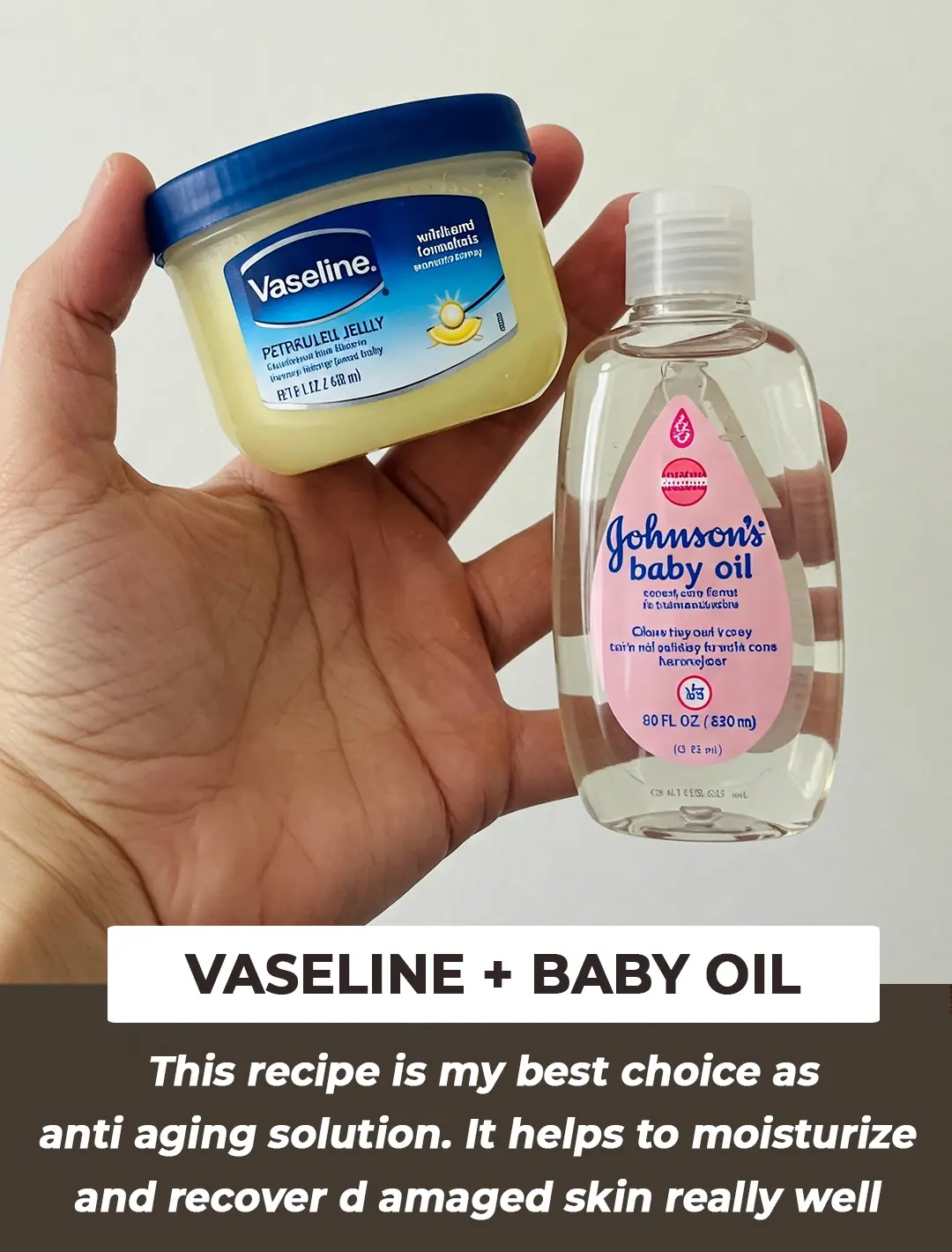
How to Effectively Remove a Painful Ingrown Toenail WITHOUT Having To Go To The Doctor

If you’ve ever dealt with an ingrown toenail, you know how something so small can cause intense pain. Even simple daily activities—walking, wearing socks, or slipping into shoes—can feel unbearable. And if left untreated, an ingrown toenail can easily become infected, leading to far more serious complications.
What Happens When a Nail Grows the Wrong Way
An ingrown toenail, medically known as onychocryptosis, occurs when the edge of the nail curves downward and grows into the surrounding skin instead of straight outward. This creates tiny tears that can quickly become infected by bacteria or fungi.
Although anyone can develop an ingrown toenail, the most common causes include:
-
Improper cutting of toenails (cutting too short or rounding the edges)
-
Tight or narrow footwear
-
Repeated trauma to the toe (stubbing, athletic injuries)
Less common causes can also contribute, such as:
-
Thickened toenails
-
Naturally curved or misshapen nails
-
Toe deformities (like hallux valgus)
-
Subungual exostosis (a bony growth under the nail)
-
Use of isotretinoin (an acne medication)
How to Recognize an Ingrown Toenail
Most cases are easy to identify. As the nail presses into the skin, you may notice:
-
Tenderness or throbbing pain along one or both sides of the nail
-
Swelling and redness
-
Warmth or slight fluid discharge if infection begins
The 3 Stages of Ingrown Toenails
Stage 1 – Mild:
Swelling, redness, and pain when pressure is applied.
Stage 2 – Moderate:
Increased swelling, drainage, infection, and possible skin breakdown.
Stage 3 – Severe:
Chronic inflammation, overgrown skin around the nail (hypertrophy), and repeated infections.
Stages 2 and 3 usually require medical treatment or surgery.
But Stage 1 can be treated at home with simple remedies—if handled early.
Before You Try Home Remedies
If you have diabetes, poor circulation, or nerve damage (neuropathy), do not attempt self-treatment. Consult a podiatrist to avoid complications.
News in the same category


1/4 teaspoon reverses gut inflammation & cleanses liver toxins

Vitamin D3 cuts second heart attack risk by half
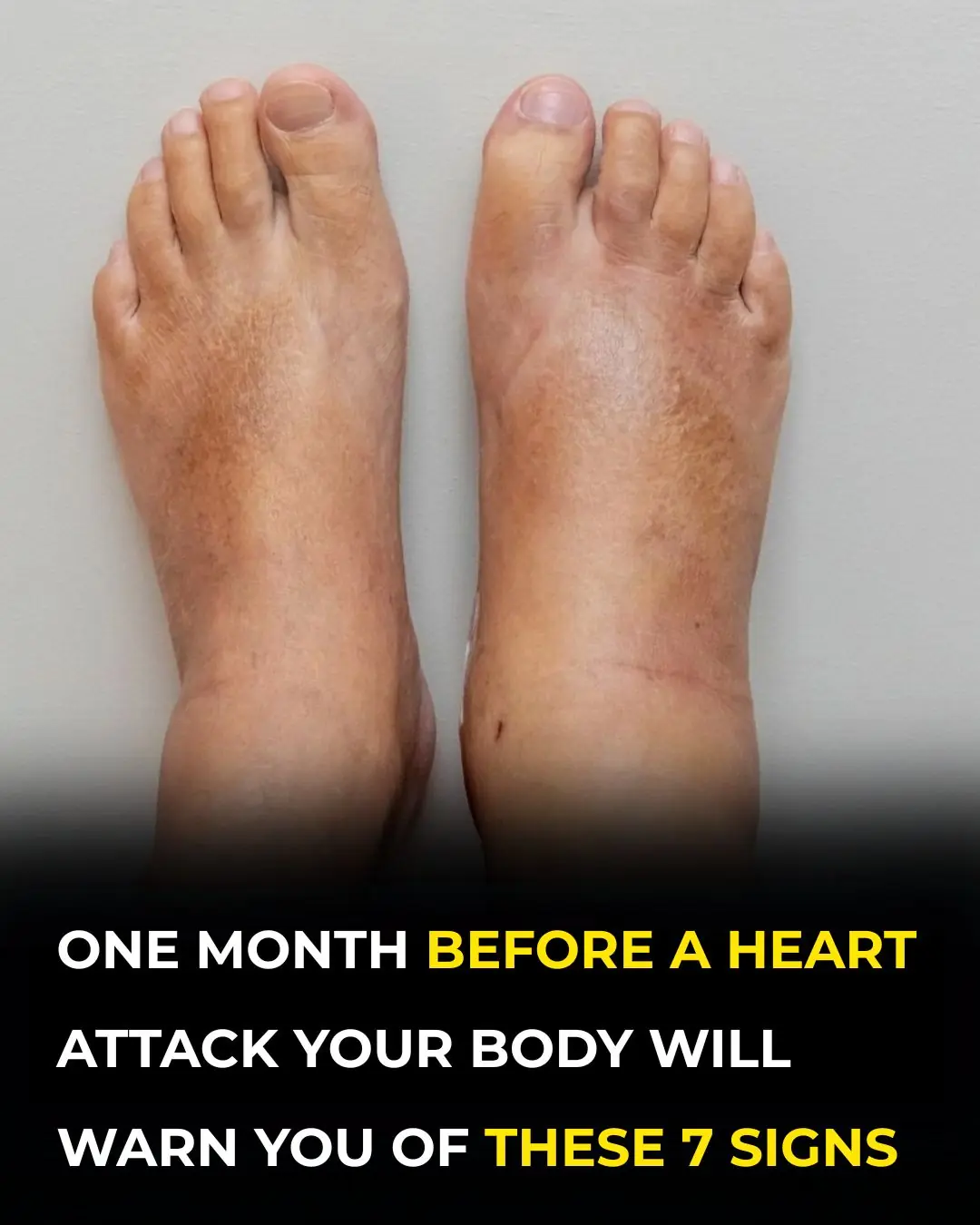
One Month Before A Heart Attack, Your Body Will Warn You Of These 7 Signs

4 vitamins to reverse neuropathy and damaged nerves – relieve foot & hand pain fast!

1st death linked to “meat allergy” spread by ticks, doctors confirm

Ignite Your Day: Eggs + Coffee for Unstoppable Stamina & Vitality

This Is What Happens To Your Lungs When You Dry Laundry Indoors

Medicinal Health Benefits of Turmeric, Curcumin and Turmeric Tea Based on Science
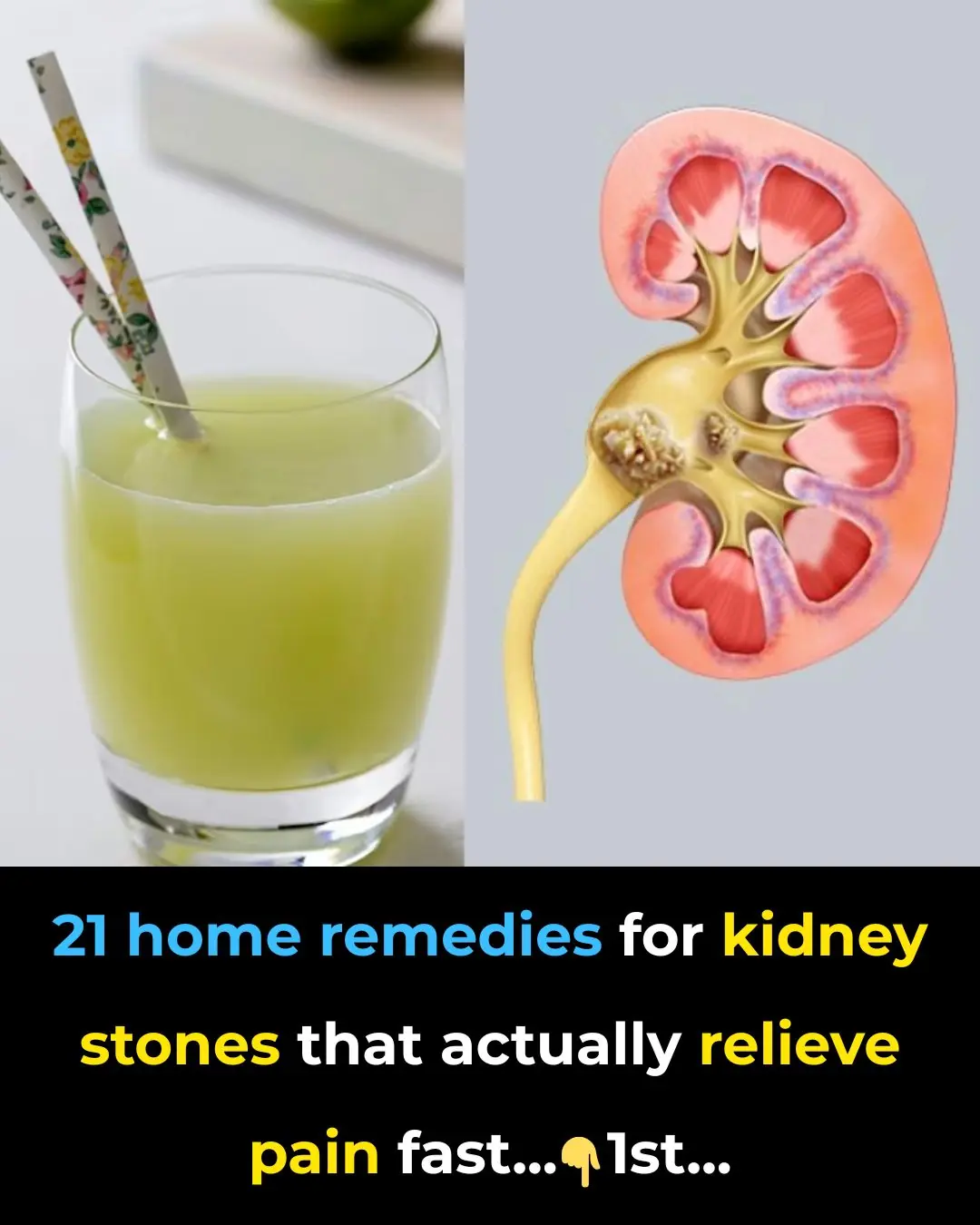
Home Remedies For Kidney Stones – 21 Remedies For Effective Pain Relief
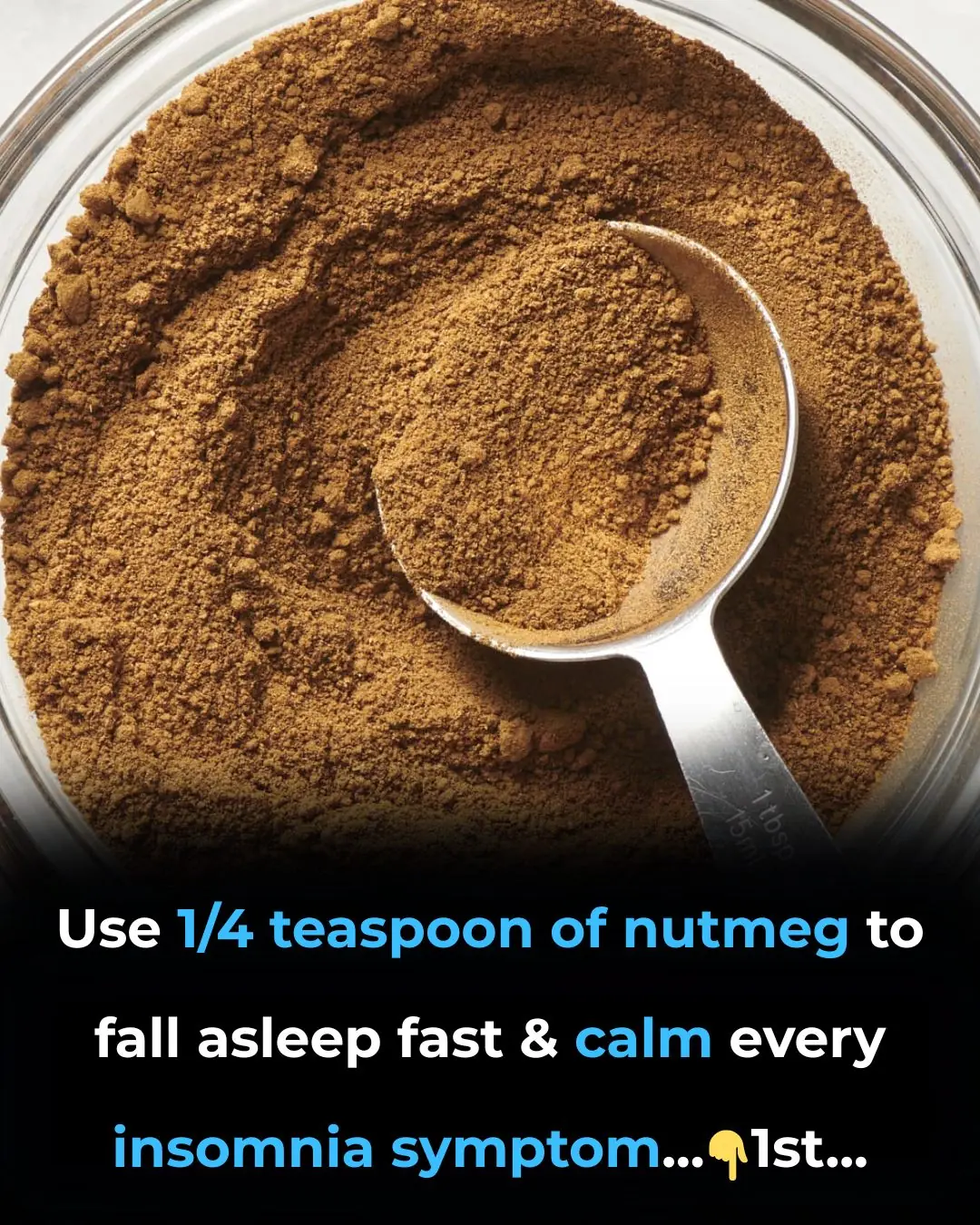
How to Use a ¼ Teaspoon of Nutmeg to Fall Asleep and Relieve ALL Your Insomnia Symptoms Overnight

8 Amazing Foods To Clean Out Your Toxic Liver
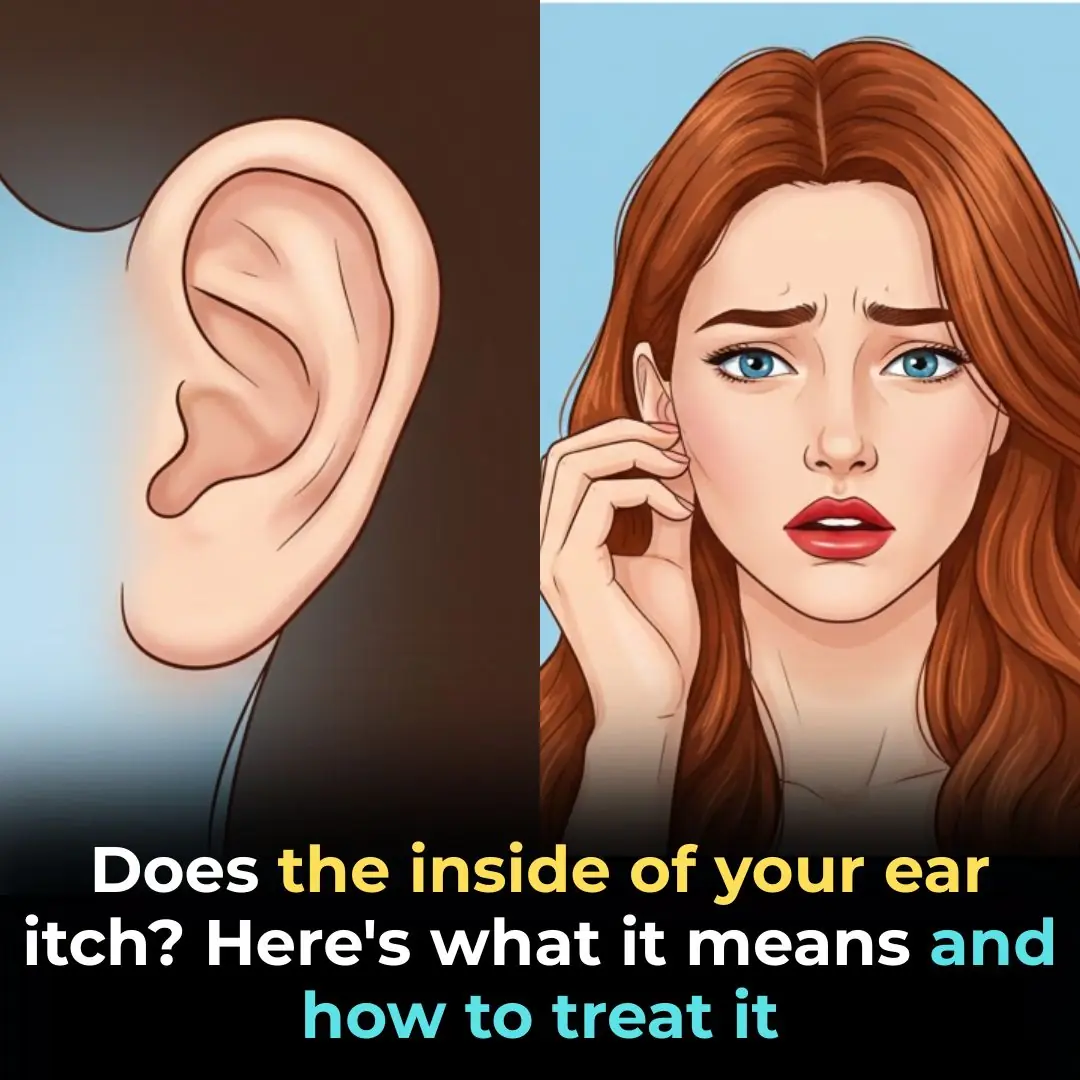
Does The Inside Of Your Ear Itch

All lupus cases may be linked to a common virus, study finds
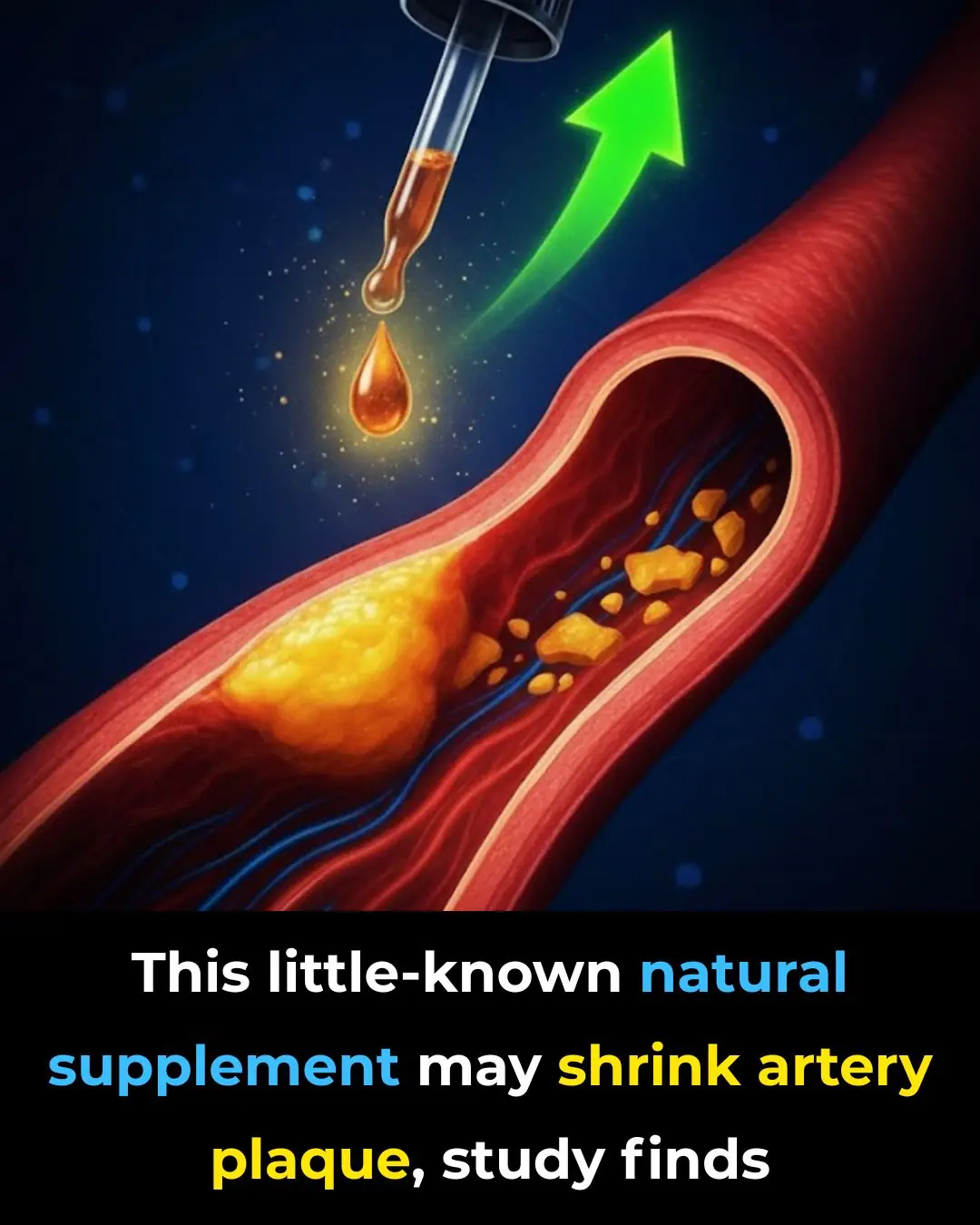
This little-known natural supplement may shrink artery plaque, study finds

This new million-person study just changed what we know about cholesterol and dementia
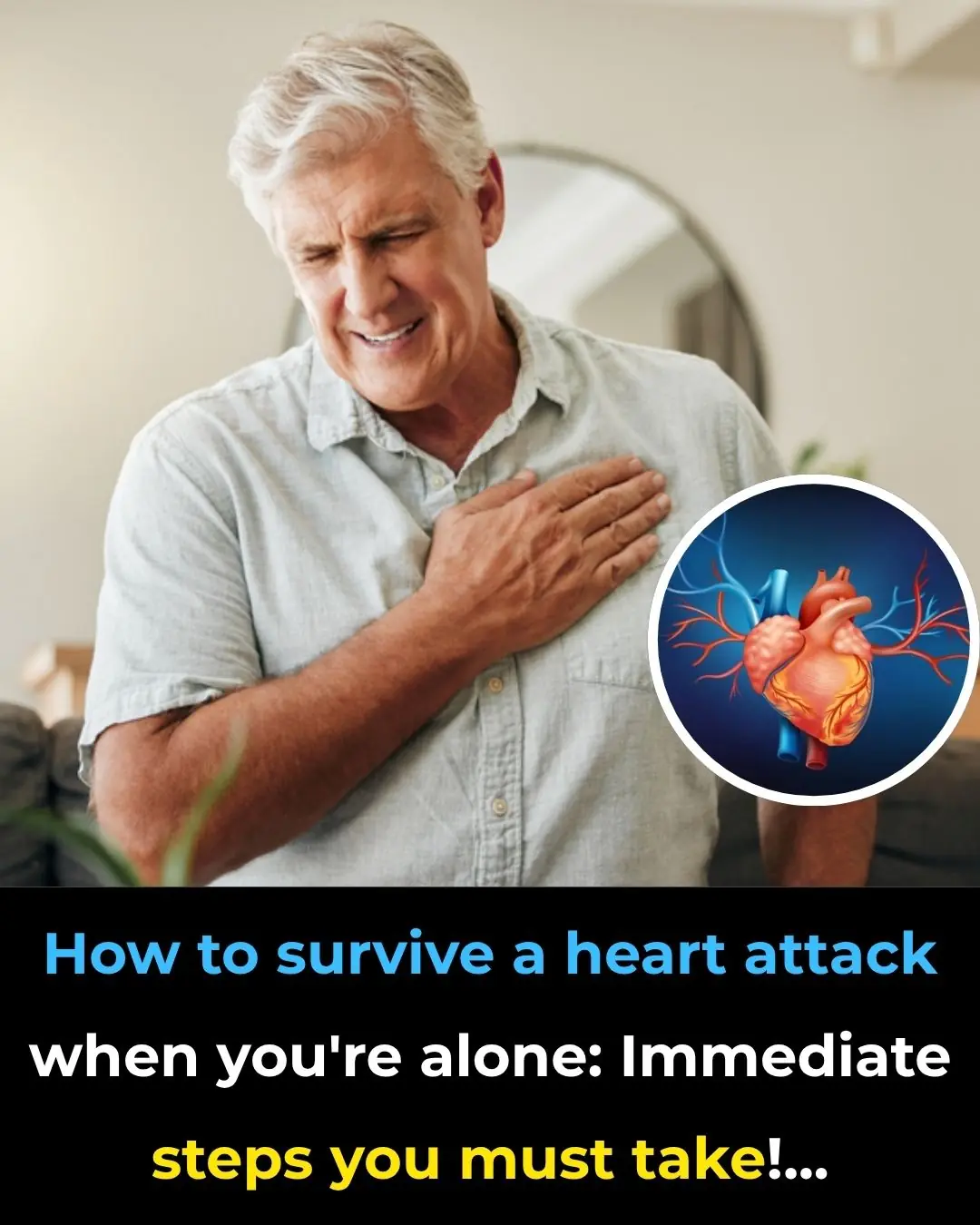
How to Survive a Heart Attack When You’re Alone: Immediate Steps You Must Take!
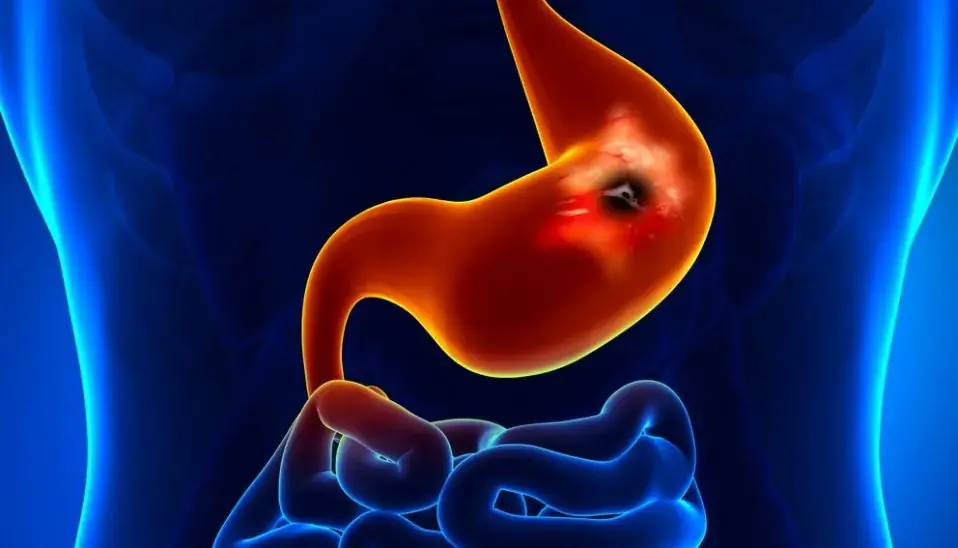
5 Early Warning Signs of Stomach Cancer: Even One Should Prompt a Medical Check-Up

THE MOST OVERLOOKED SIGNS THAT YOU’RE CONSUMING TOO MUCH SUGAR EVERY DAY
News Post

Man Isolates Himself From Society For Over 25 Years. What He Does Is Beyond Belief

Chilling Final Posts Emerge From TV Host’s 19-Year-Old Daughter Before Her Tragic Death In Los Angeles

Lady Frederick Windsor brands royal family’s lives ‘total hell’: ‘A form of torture’

Good Morning Britain's Ranvir Singh wows in flattering cord jumpsuit that 'fits perfectly'

What Your Belly Is Trying to Tell You

I’m A Celebrity star backs huge rule change after campmate left “a broken woman”

Roman Kemp vows to get revenge after discovering dad Martin's I'm A Celebrity sabotage

Sam Thompson shares fears over baby plans after introducing girlfriend to family

Better Luck Next Time ... And There Will Be One!!! Didn't Pass Bar Exam

Kelly Brook's movie is 'worst film ever' and it's on Amazon Prime now

‘I Know That Unequivocally Is Not True’: Stephen A. Told Cari Champion I Made You Why Would I Play You, But Jemele Hill Says It Wasn’t Like That

Olly Murs in shock split confession from Amelia: “I was in quite a bad place”

Prince William’s gesture to Sara Cox following incredible news: “The nation’s so proud of you”

My Neurologist Says, No Frontotemporal Dementia!!!

Strictly’s Craig Revel Horwood “stunned” after doctor’s devastating health diagnosis: “The horrible truth”

1/4 teaspoon reverses gut inflammation & cleanses liver toxins

Use This Kesh Scalp Serum Daily To Double Your Hair Growth In 1 Month

Homemade Beetroot Ice Cubes: The Best DIY Skincare Treatment for Glowing, Healthy Skin

The Ultimate 3-Step Tomato Clean-Up for Instant Glowing Skin: A DIY Guide for Radiant Skin
